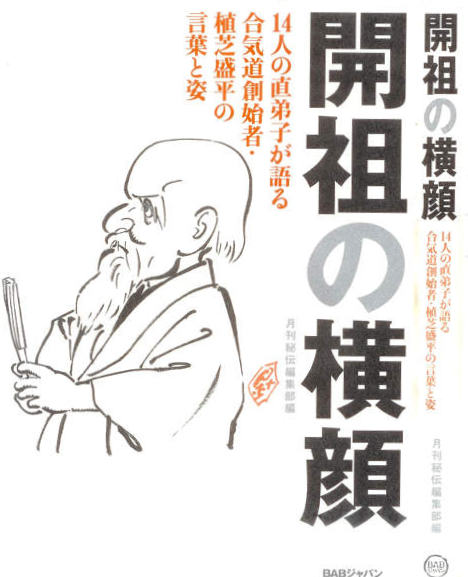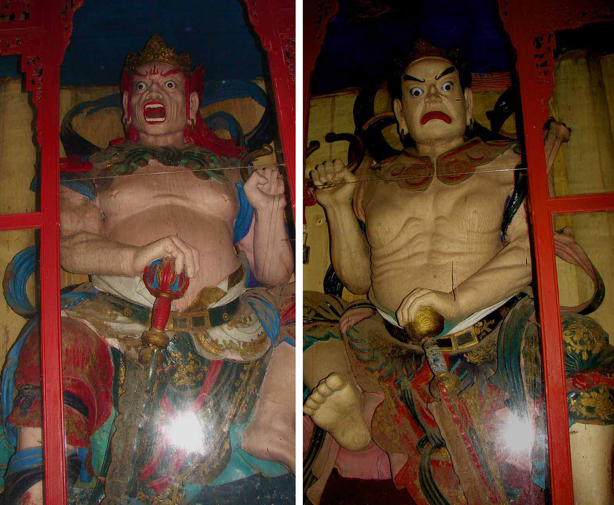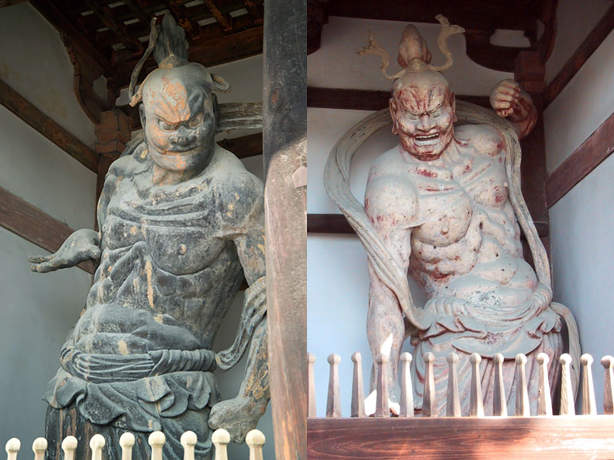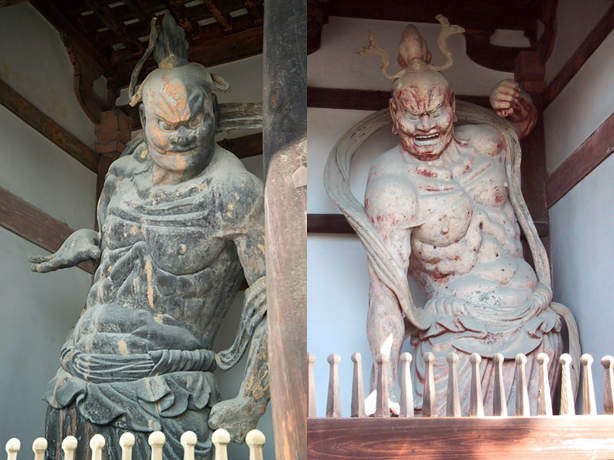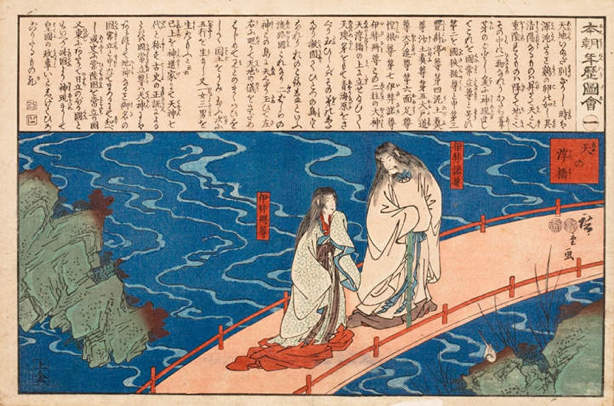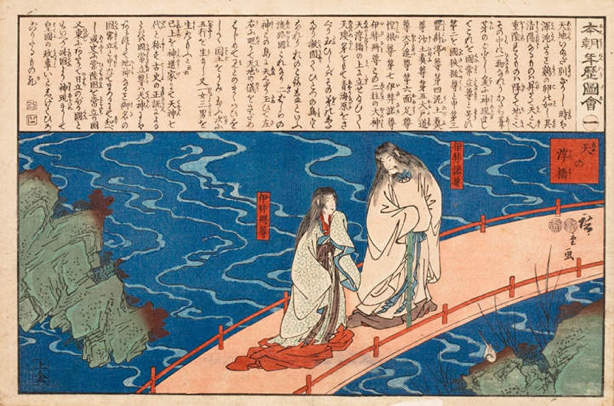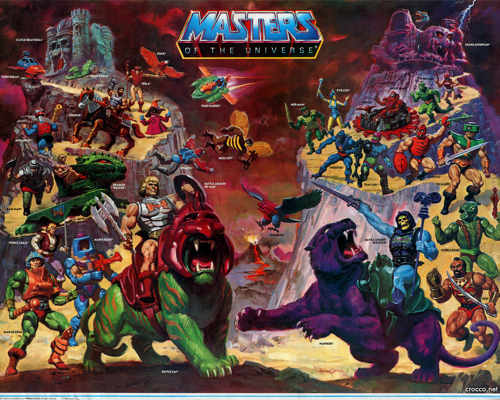
Masters of the Universe®, Mattel Inc.
Who gets it, who doesn’t and would you want it anyway?
“Shihan” – most often translated as “Master Instructor”. Sound pretty important?
The term wasn’t used much when I first started Aikido, but it seems to be the title to have nowadays.
In Japanese, the Kanji for Shihan (師範) break down to “instruct” and “model” – or “model instructor”. This makes sense, especially considering normal Japanese methods of instruction – this would be the guy that everybody else copies, or hopes to copy.
The usage of the word varies from art to art. Some arts issues Shihan certifications, some don’t. Some arts (like Shodokan “Tomiki” Aikido, which only has two, although it is also used as an organizational title) have a very limited number of Shihan, some have many. In Judo, Jigoro Kano is usually called “Kano Shihan”, as Morihei Ueshiba is often called “O-Sensei” in Aikido.
What does “Shihan” mean in the Aikikai (I’m only going to talk about the Aikikai here)? (more…)


